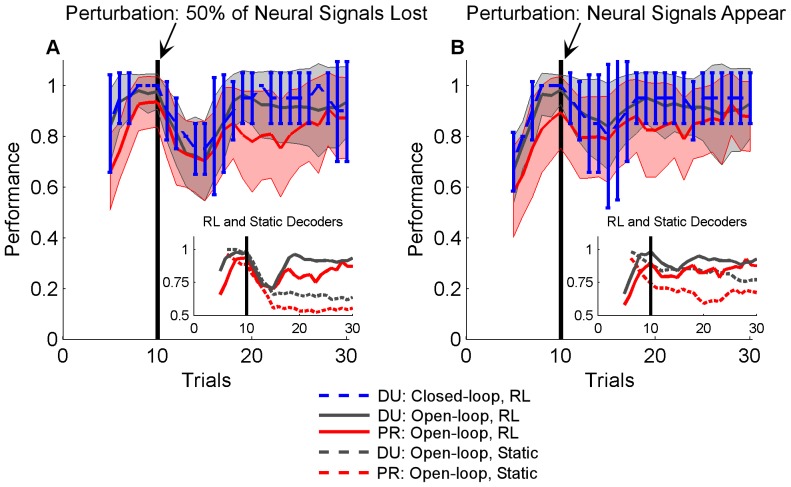Figure 5. The RLBMI quickly adapted to perturbations to the neural input space.
These perturbations included both the loss of 50% of the neural inputs (A), as well as when the number of neural signals detected by the neural recording system doubled (B). (A&B) show the RLBMI performance accuracy within a five-trial sliding window (mean +/− standard deviation). Both closed loop tests (DU: blue dashed line and error bars, 4 sessions) and offline open-loop simulations (DU: gray line and panel, 1000 sims; PR: red line and panel, 700 sims) were used to evaluate the RLBMI response to input perturbations. (A) gives the results of 50% input loss perturbations. In both closed loop experiments and open-loop simulations, the RLBMI had already adapted and achieved high performance by the 10th trial. Following the 10th trial (vertical black bar), 50% of the neural inputs were abruptly lost, with RLBMI readapting to the loss within 5 trials. (B) shows that when the recording electrodes detected new neurons, the RLBMI adaptation allowed the new information to be incorporated into the BMI without the emergence of new firing patterns degrading performance. In these perturbation tests, a random 50% of the available neural signals were artificially silenced prior to the 10th trial (vertical black bar). The sudden appearance of new input information caused only a small performance drop, with the RLBMI again readapting to the perturbation within 5 trials. The inset panels in both (A) and (B) contrast the averaged results of the RLBMI open loop simulations (solid lines, DU: gray, PR: red) with the simulation performance of a nonadaptive neural decoder (dashed lines, a Wiener classifier created using the first five trials of each simulation). In contrast to the RLBMI, the nonadaptive decoder showed a permanent performance drop following perturbations in which neural signals were lost, as well as in the tests in which new signals appeared.

